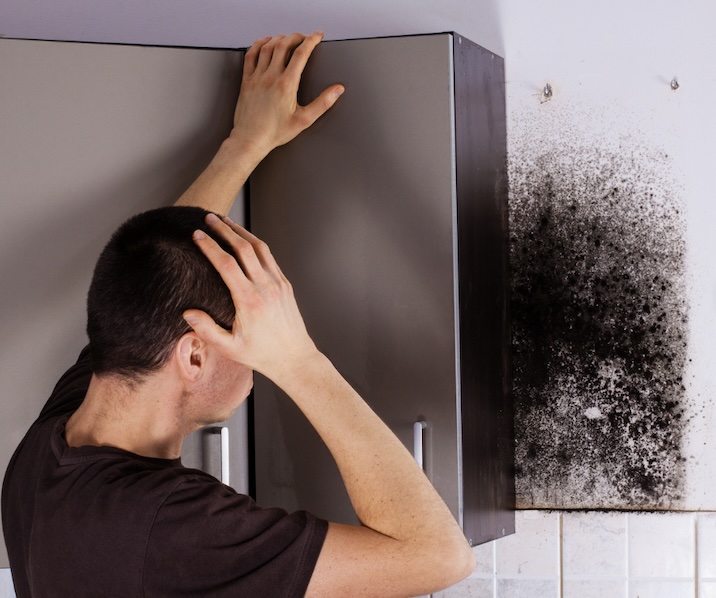When you’re feeling under the weather, identifying the cause of your symptoms can be challenging. Common colds, flu, and mold sickness often present similar signs, making it hard to determine what’s really going on. In environments prone to dampness or water damage—such as many homes in humid areas—mold exposure is a significant concern. Here’s how to differentiate between flu symptoms and mold sickness.

Understanding the Flu
The flu is a contagious respiratory illness caused by influenza viruses. It spreads through droplets when an infected person coughs, sneezes, or talks. Flu symptoms can range from mild to severe, and complications can occur in vulnerable populations, like young children or the elderly.
Common Symptoms of the Flu:
- Sudden onset of fever
- Chills
- Body aches
- Fatigue
- Cough
- Sore throat
- Runny or stuffy nose
- Headache
Flu symptoms often come on quickly and peak within a few days. Over-the-counter medications, rest, and hydration typically help relieve symptoms.
What Is Mold Sickness?
Mold sickness, or mold-related illness, occurs when you’re exposed to mold spores or mycotoxins over time. Mold thrives in damp, dark, and humid areas and can release microscopic spores into the air. These spores may cause health issues, particularly in individuals with sensitivities, allergies, or compromised immune systems.
Common Symptoms of Mold Sickness:
- Persistent coughing or sneezing
- Sinus congestion or runny nose
- Skin rashes or irritation
- Watery or itchy eyes
- Respiratory issues, such as wheezing or difficulty breathing
- Fatigue
- Headaches
- Brain fog or difficulty concentrating
Unlike the flu, mold sickness symptoms tend to linger and are often linked to time spent in a specific environment, such as your home or workplace.
Key Differences Between Flu and Mold Sickness
- Duration of Symptoms:
- Flu: Symptoms typically improve within 7–10 days.
- Mold Sickness: Symptoms persist as long as exposure continues.
- Environmental Connection:
- Flu: Spreads through contact with infected individuals, regardless of environment.
- Mold Sickness: Symptoms often worsen in damp, musty environments or specific buildings.
- Onset:
- Flu: Symptoms come on quickly, often within hours.
- Mold Sickness: Symptoms may develop gradually and worsen over time.
- Fever and Body Aches:
- Flu: Fever, chills, and body aches are hallmark symptoms.
- Mold Sickness: These are uncommon unless there’s a secondary infection.
- Skin and Eye Irritation:
- Flu: Rare.
- Mold Sickness: Common, especially with prolonged exposure.
When to Seek Help
If you suspect mold sickness, look for environmental clues such as:
- A musty odor in your home.
- Visible mold growth or water damage.
- Increased symptoms when indoors and relief when away.
For flu-like symptoms, seek medical care if you experience:
- Severe shortness of breath or chest pain.
- Persistent fever over 101°F.
- Symptoms lasting longer than 10 days.
Preventing Mold Sickness and the Flu
- Prevent Mold Growth:
- Keep humidity levels below 50%.
- Address water leaks promptly.
- Use a dehumidifier in damp areas like basements.
- Protect Against the Flu:
- Get vaccinated annually.
- Wash your hands frequently.
- Avoid close contact with sick individuals.
- Improve Indoor Air Quality:
- Use HEPA filters in your HVAC system.
- Regularly clean and inspect your home for mold.
- Schedule professional mold inspections if needed.
Understanding the differences between flu and mold sickness can help you take the right steps toward recovery. If you suspect mold is the culprit, addressing the root cause in your environment is crucial.
Need help diagnosing or removing mold from your home? Contact our team of mold inspection and remediation experts to ensure your space is safe and healthy. Don’t let mold impact your well-being—take action today!



